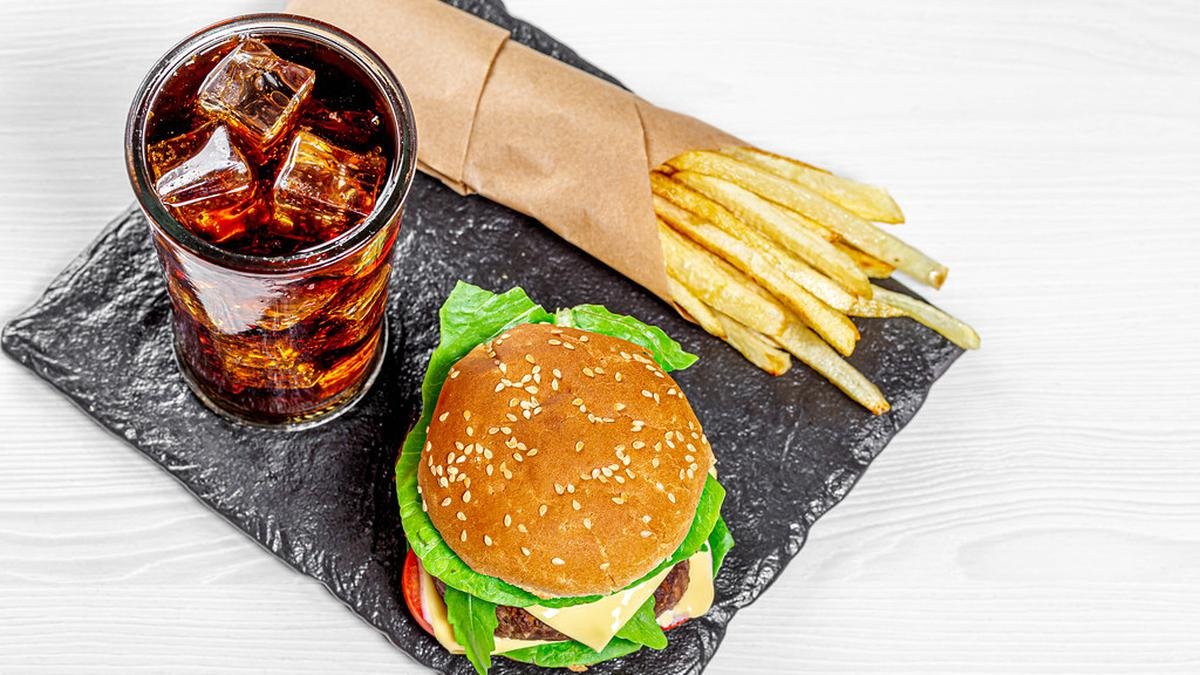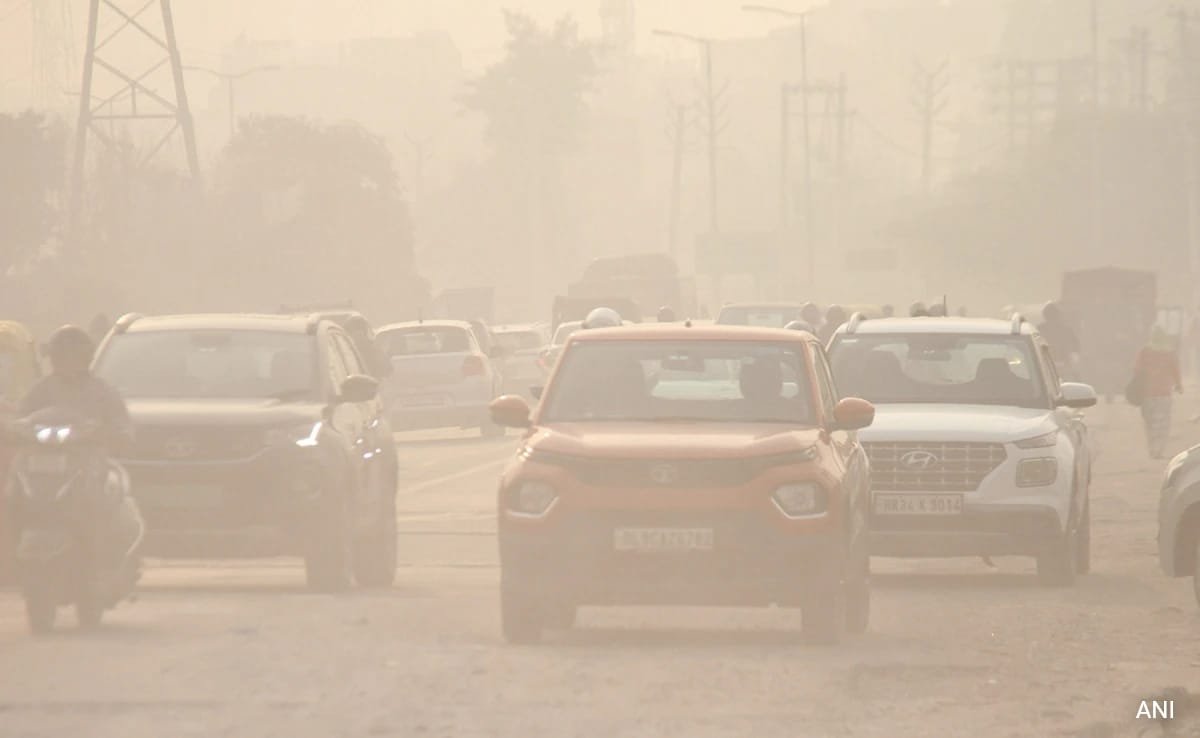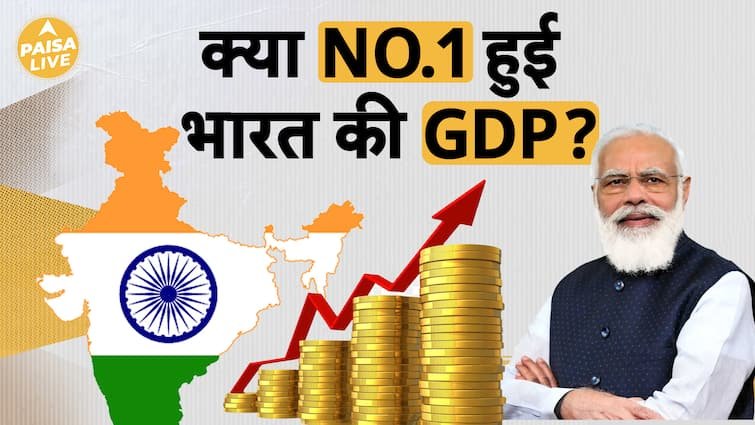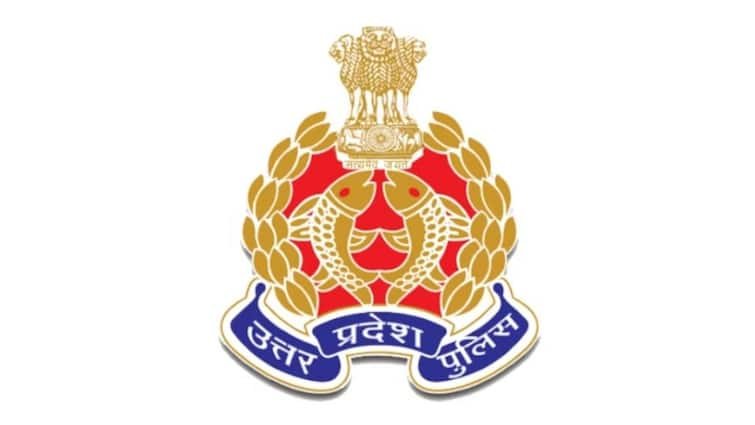Consumption of fried foods and aerated drinks is relatively higher in Goa, many Northeastern and eastern States as compared to the rest of India, according to data from the National Family and Health Survey (NFHS)-5 conducted in 2019-21. According to the survey, over 22% men drank aerated drinks daily in Goa, while close to 10% women did so in Assam. In Mizoram, about 83% of women consumed fried food daily, while close to 38% men did so in Odisha.
The dietary patterns in these States are worrying since regular consumption of such foods is linked to chronic diseases. According to the WHO’s Department for the Prevention of Noncommunicable diseases, consumption of added sugar, including products such as aerated drinks, is a major factor behind obesity and diabetes. In 2016, the WHO-recommended policies led to a 20% increase in the retail price of sugary drinks, which led to a reduction in consumption of such products.
Studies by the Harvard School of Public Health showed that people who ate fried food at least once a week were at a greater risk of developing both type 2 diabetes and heart disease. This risk increased as the frequency of fried food consumption rose. Moreover, consuming fried food made out of used oil is also a factor in developing higher blood pressure and increased triglyceride levels. The cluster of conditions such as high blood pressure, high random glucose levels and high triglyceride levels are defined as “metabolic syndrome”. The condition increases the risk of developing heart disease, diabetes, stroke, or all three.
Click to subscribe to our Data newsletter
Moreover, the burden of related diseases is already high in India. In 2019, with an estimated 77 million diabetics, India recorded the second-largest number of diabetes cases in the world. Between 1990 and 2019, India recorded the biggest increase in diabetes-related deaths from 78,789 such deaths in 1990 to 2,73,089 fatalities in 2019.
Charts 1A and 1B depict the State-wise share of daily consumption of aerated drinks among men and women respectively in 2019-21, against the change in the share from 2015-16. For instance, 7.9% of men in Meghalaya consumed aerated drinks daily, increasing by 6.5% points from 2015-16 — the biggest rise among all States. Among women, the share of those who consumed aerated drinks daily in Assam was 9.7%, increasing by 3.6% points from 2015-16. Notably, other than Goa and some northeastern States, Himachal Pradesh, and Jammu & Kashmir also had a higher share of men and women consuming aerated drinks daily.
Please click on the filter option to see the charts based on gender
Charts appear incomplete? Click to remove AMP mode
Charts 2A and 2B depict the State-wise share of daily consumption of fried food among men and women respectively in 2019-21, against the change in the share from 2015-16. Mizoram ranked at the top of the list among both men and women. In 2019-21, 78.6% of men in Mizoram consumed fried food daily as opposed to 89.5% in 2015-16. Among women in the State, 82.9% of them ate fried food, a decrease of 3.8% points from 2015-16.
A relatively higher share of men in Goa and women in Assam consumed both aerated drinks and fried food daily, a combination that further increased the risk of chronic diseases. While the daily consumption levels are higher in some States, in general across many States, levels have come down in 2019-21 as compared to 2015-16. Among men, those who consumed aerated drinks daily declined in 18 of 29 States, while among women, it decreased in 14 States. Among men, those who consumed fried food daily declined in 17 of 29 States, while among women it decreased in 18 States.
rebecca.varghese@thehindu.co.in and vignesh.r@thehindu.co.in
Source: National Family and Health Survey (NFHS)-4, NFHS-5
Also read:Data | Younger diabetes patients on the rise in most Indian States







